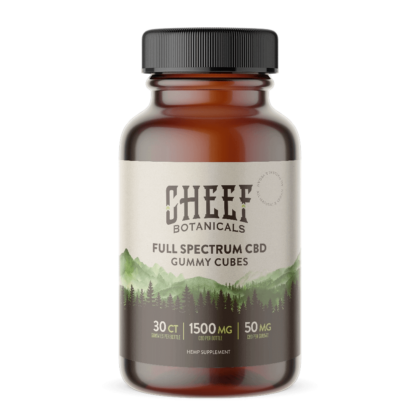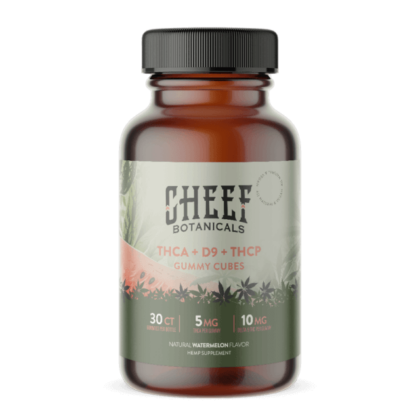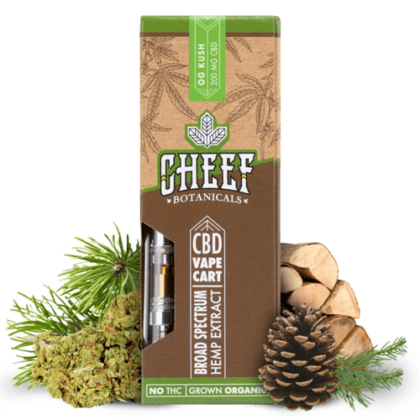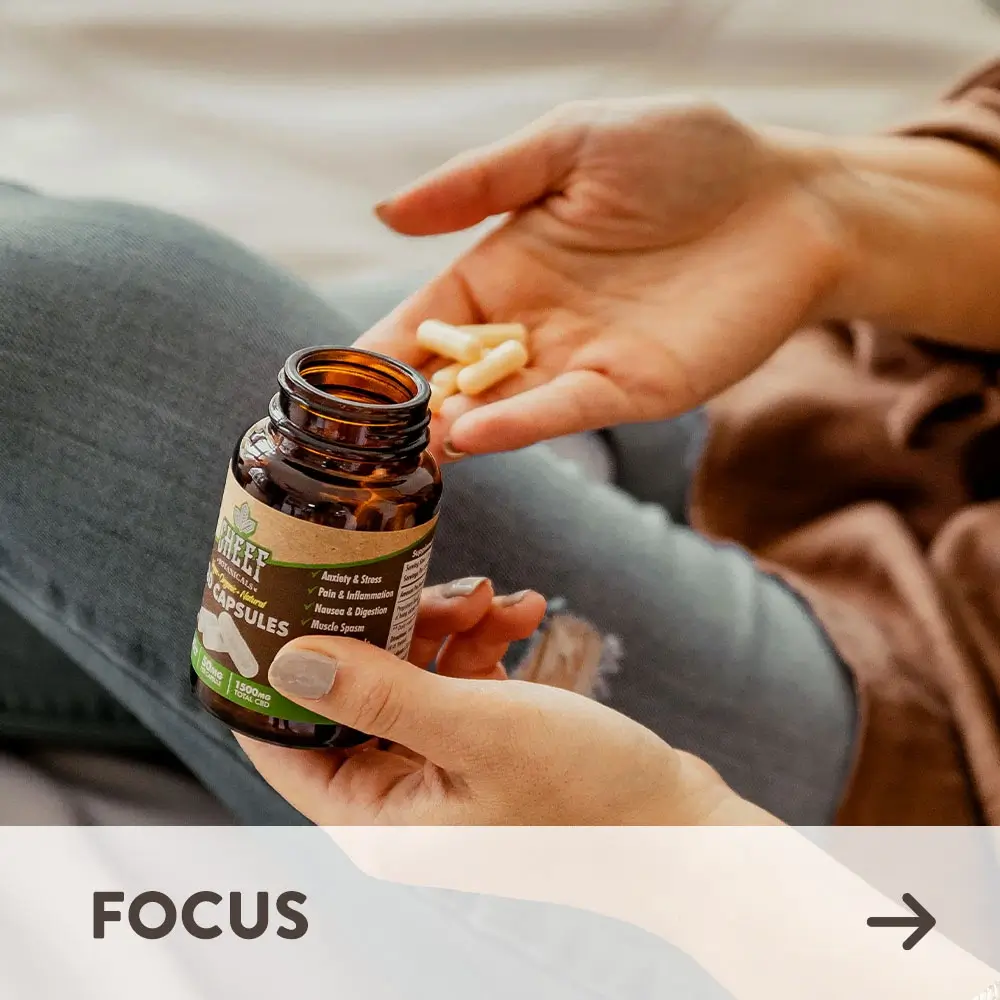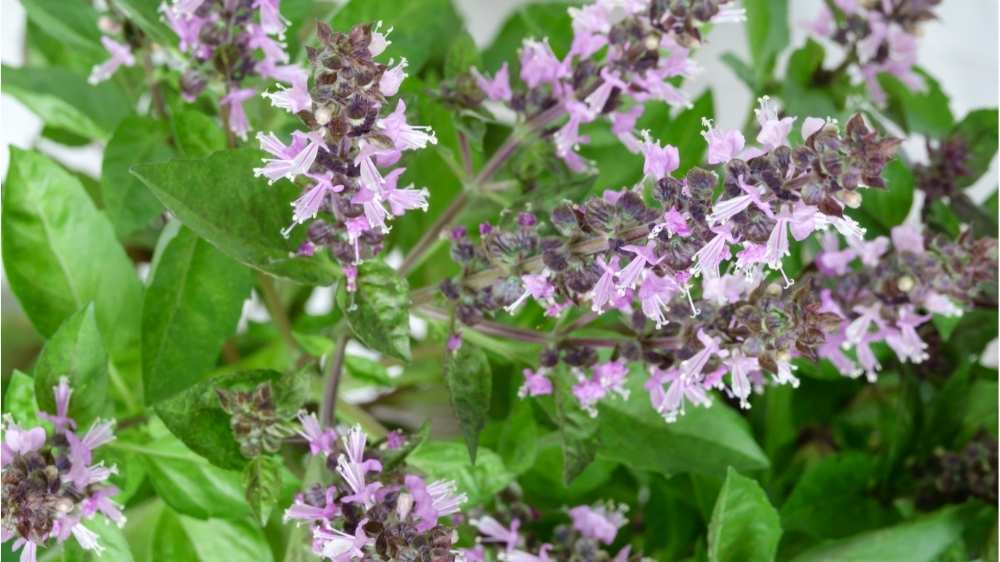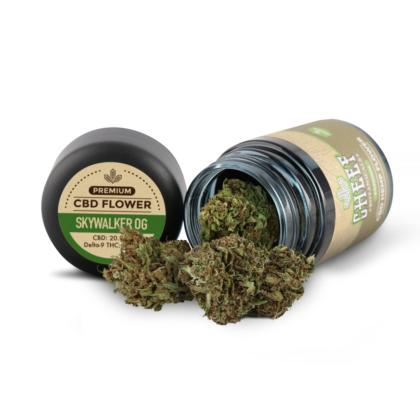-
Shop
-
By Benefit
-
Discover
- Which Product Is Right For You?
Linalool Terpene: Exploring The Potent Aromatic Power of Linalool!
Ahhh, the smell of linalool. Don’t know what I’m talking about? Yes, you do! If you’ve ever smelled mint or lavender, then your nose has encountered the scent of linalool. The linalool terpene is floral-sweet and has one of the most distinct fragrances on the planet!
Linalool has made its way into hundreds of commercial products – shampoo, surface cleaner, essential oil, you name it. The terpene’s wide-spread use isn’t solely due to its luxurious fragrance. This powerful compound can support your well-being in several ways! In this article, we’ll explore what linalool is, where it comes from, and how it contributes to your favorite cannabis and CBD flower.
What Are Terpenes?
Terpenes are aromatic compounds crucial to plants’ adaptive functioning. Plants emit these fragrant substances to repel predators and lure pollinators. Terpenes are like nature’s perfume. They’re responsible for the natural scents of lemon, pine, and other floral fragrances.
Scientists have identified over 20,000 different terpenes in the plant kingdom! The cannabis species contains hundreds of these compounds. Since cannabis plants are naturally terpene-rich, they emit a powerful smell. Many people can detect the odor of cannabis plants from a distance.
Several factors influence terpene production. The climate, soil, and fertilizer can affect the type of terpenes a plant produces. Genetic factors, age, and maturity also play a crucial role. In cannabis plants, terpenes are most detectable when female plants reach the peak flowering stage. This period is when the plant is trying its hardest to entice pollinating insects.
Related Article: CBD and Terpenes [Why They're Important]
What’s in a Terpene?
Terpenes are hydrocarbons, so they’re composed of hydrogen and carbon atoms. These molecules link together in isoprene units. Some terpenes have more isoprene units than others.
What Is Linalool?
Linalool is a terpene produced by over 200 species of plants. This is a terpene that’s a common component of many essential oils such as lavender, sage, basil, coriander, and cilantro.
The FDA approved linalool’s use for commercial applications. Derivatives of linalool (beta linalool, linaloyl oxide, and linalyl alcohol) are frequently used in household products. These ingredients act as fragrance, cleaning agents, or insecticide. The compound’s safety is well-established in the United States.
Where Is Linalool Found?
Besides cannabis, linalool is found in mint, laurel, coriander, basil, thyme, and rosewood leaves. Birch trees, lavender, cinnamon, and citrus fruits are also rich sources. A vast array of herbs and food products contain linalool, though not all of them have significant amounts. Some fungi even contain this terpene!
What Do Linalool Terpenes Smell & Taste Like?
Linalool has a citrus-like smell. It’s floral and sweet, but not too sharp. Some people say it smells more like lavender; others say it smells more like lemon. If you can imagine the balmy, clean quality in both of those fragrances, then you’ll have an idea of how this terpene interacts with your nose!
Like all terpenes, linalool adds to a cannabis strain’s flavor profile. The amount of linalool in a flower can shift a bud’s flavor from sweet to sour, although other terpenes’ influence plays a large role as well. Many linalool-dominant strains are reported to taste fruity.
What Are the Effects of Linalool?
This terpene’s resume is impressive! Meant to promote everything from sleep to mood, this terpene seems to be a jack-of-all-trades in the health department.
Soothing
Linalool’s history as a swelling antidote has been recorded through traditional folk medicine. Substances containing this specific terpene, like thyme and mint, calm minor skin irritations and tenderness. An interesting study examining linalool’s interaction with rodents supports this ancient understanding.
Tranquilizing
Linalool may help even the most desperate insomniacs get some relief. This terpene can promote natural sleep, thanks to its tried and true relaxing effects. It’s no coincidence that lavender oil puts you right to sleep. Research examining terpene’s effects on rodents found some interesting effects on sleep.
Relieving
Got some aches? We hope not! If you do, linalool may be able to ease some tension. Current research has observed the terpene’s palliative abilities in mice. Consumers and holistic healers don’t need to see data to know it works, though.
Relaxing
Linalool has potent calming qualities. Think about that sense of peace you feel when you inhale lavender – that’s linalool in action. This terp can detangle a ball of nerves and transport you to a happier place before you know it. One study in 2009 looked at linalool’s soothing power in mice.
Stabilizing
Linalool may help those who struggle with spasms. In 1999, researchers looked at the compound’s stabilizing effects in the brain. One Cannabis product containing CBD is already approved by the FDA to treat epilepsy, Epidolex. When linalool and CBD are consumed together, they provide a unique blend of benefits.
Potential Memory Aid
A new study explored linalool’s effects on learning and memory. Hopefully, this investigation continues – remedies for forgetfulness are a godsend for seniors!
Popular Strains That Have Linalool Terpenes
You want some of that tension-relieving, sleep-inducing, sweet-smelling goodness for yourself – we get it. Want to get your hands on some linalool-rich hemp ASAP? These Cheef Botanicals flowers will give you the kick you’re looking for:
- Ceiba Fox
- OG Kush
- Lifter
- Durban Diesel
- Skywalker OG
- Sour Diesel
- Hawaiian Haze
- Bubba Kush
Other popular cannabis strains high in this terpene include:
- Do-Si-Dos
- Scooby Snacks
- Amnesia Haze
- LA Confidential
Final Thoughts
Linalool is truly one nifty terpene! It smells lovely, has a mild taste, and supplies some incredible effects. This terpene can tackle swelling, aches, jitters, nervousness, insomnia, and bugs, all in one day! Few other substances can perform all the jobs this terp can and smell like fresh lemon zest.
The bottom line: if you’re looking for super fragrant buds that can take away the everyday tension, choose a linalool-rich flower. You’ll be grateful you did!




